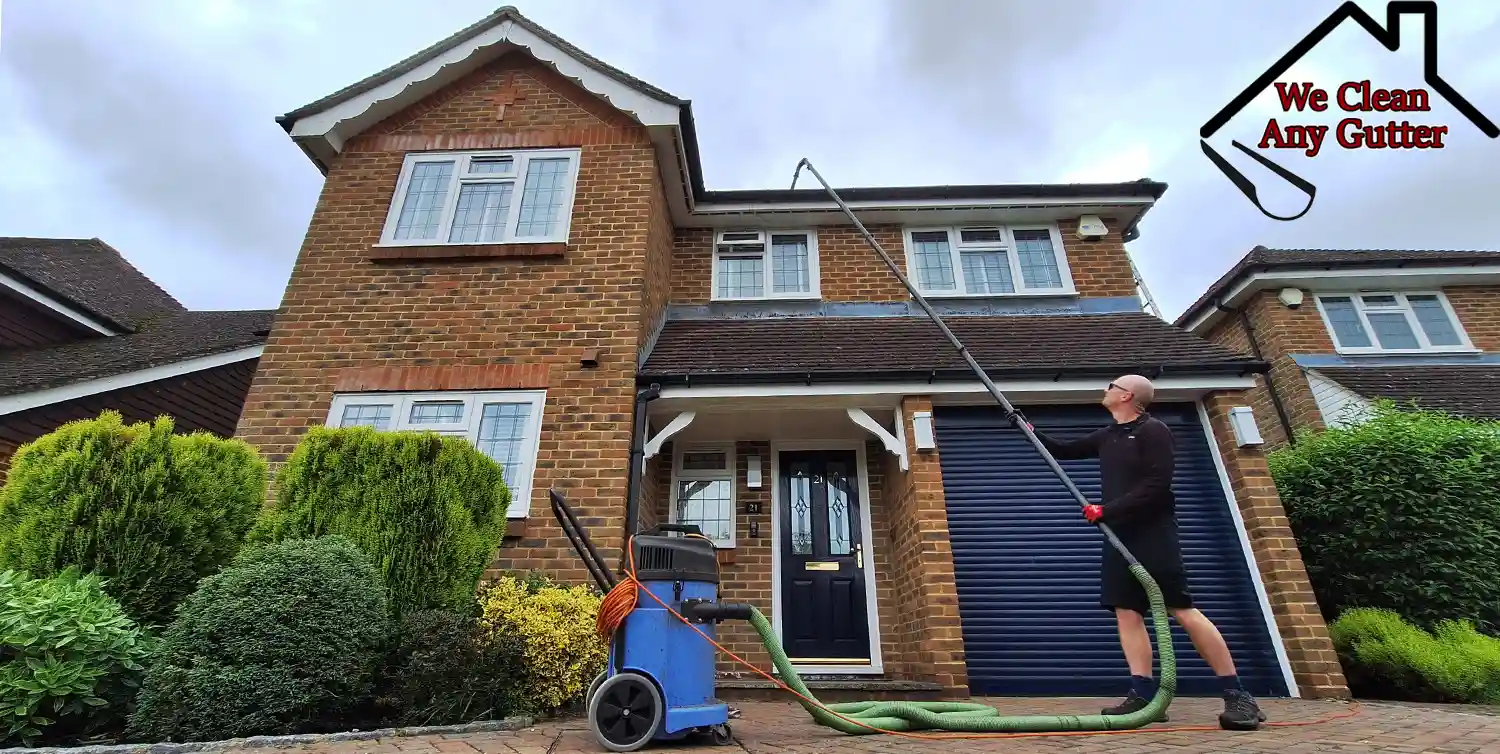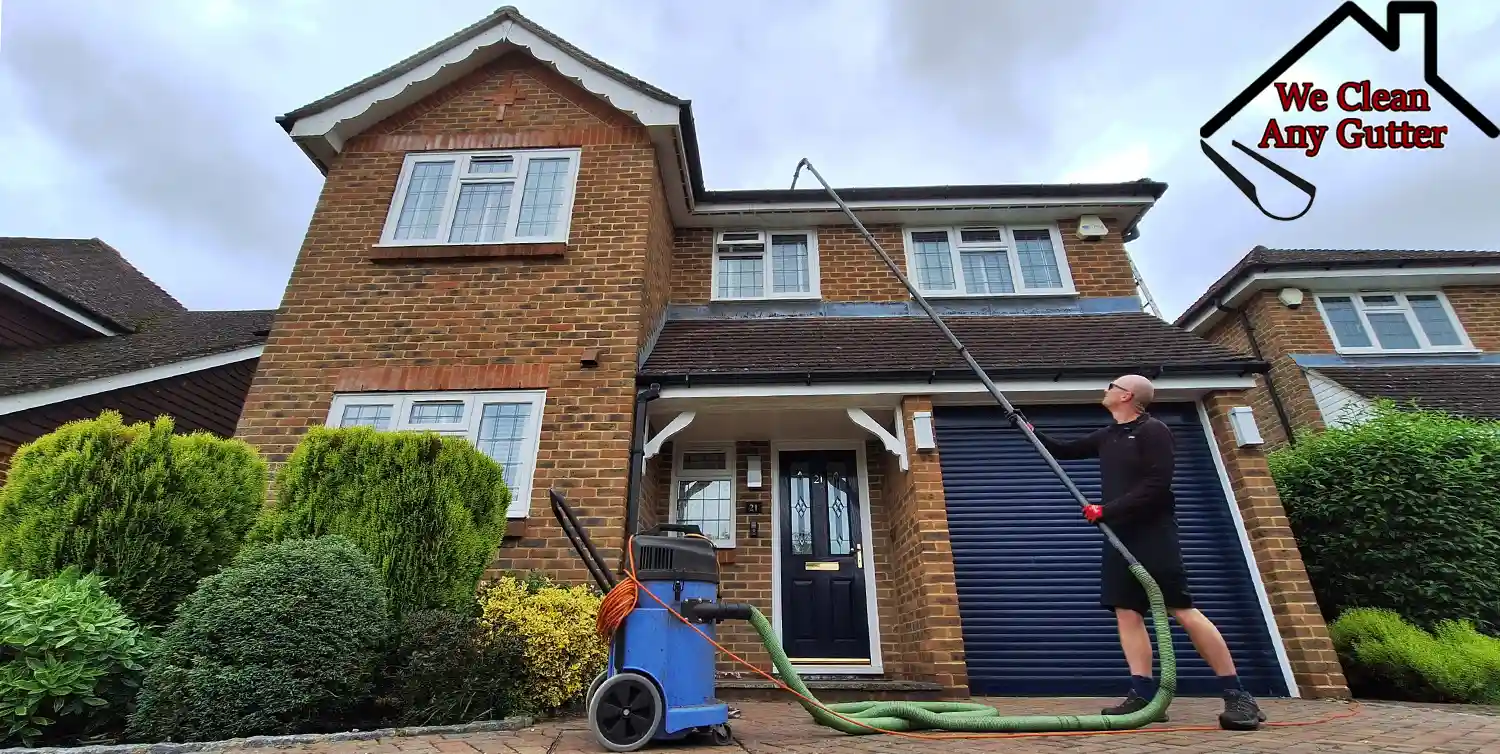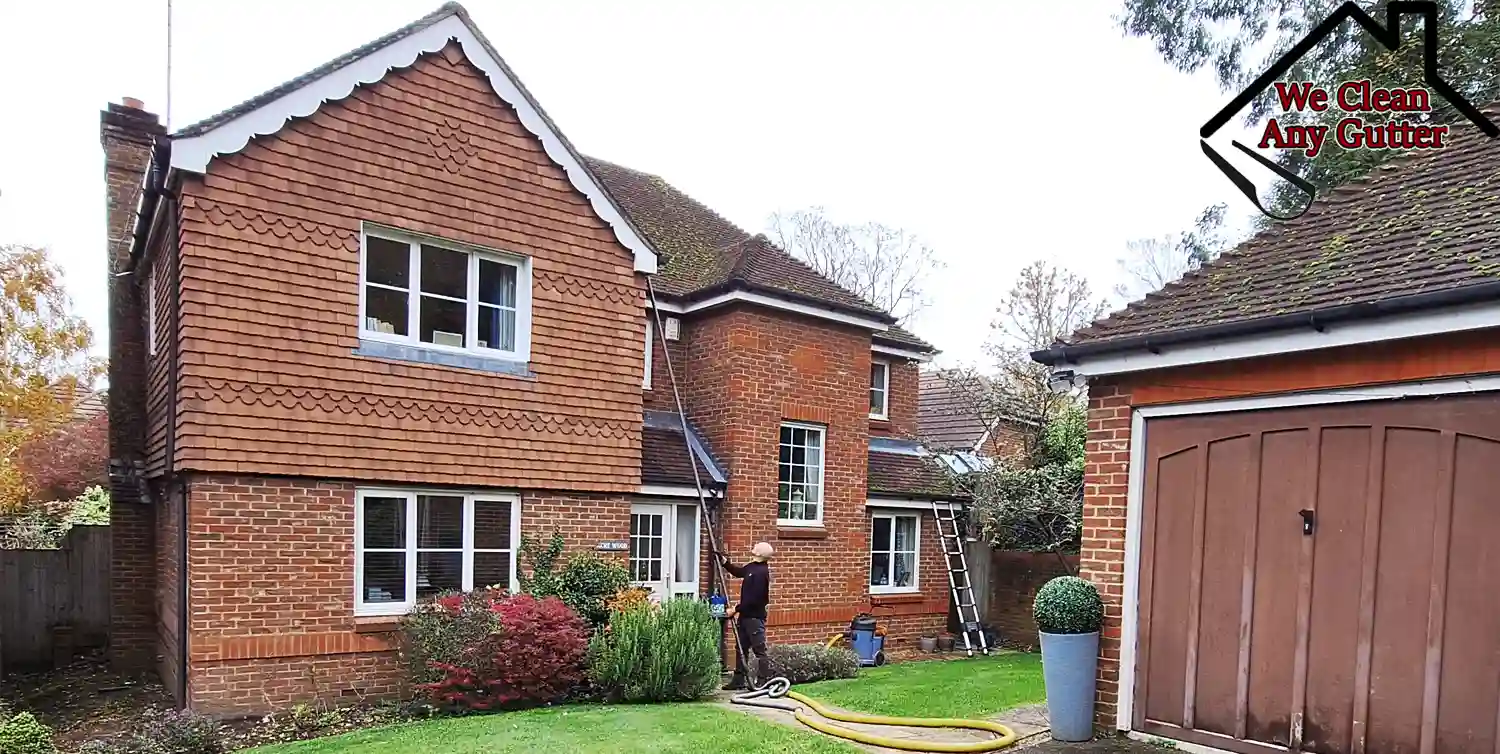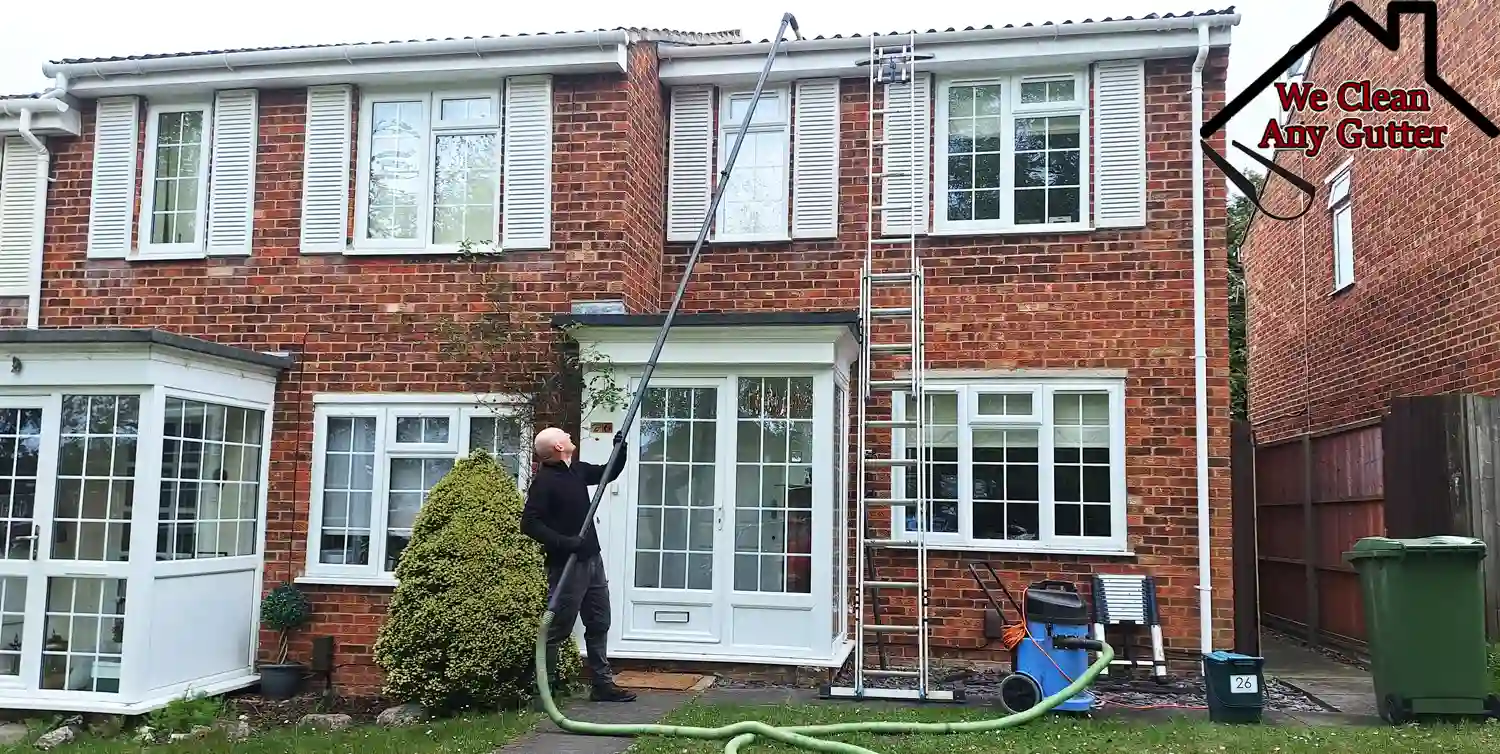Maintaining your Gutters
Installing rain gutters is an essential investment for a homeowner to make.Properly installed and functioning gutters prevent excess water poolingb near the foundation by directing rainwater away from the property. They also help preserve painted surfaces around the property by keeping rain water from running on them or splashing up from the ground. Another advantage to guttering is they keep doorways and windows drier during heavy rains.
As with all areas of a property gutters they require some periodic maintenance and repairs to do their job properly. The most basic item to keep up on is cleaning the gutters to help prevent blockages and avoid corrosion of cast iron gutters caused by wet debris.
If you see standing water in the gutter where there are no obvious blockages, this is probably due to badly aligned gutters. Water needs a drop of just one inch over 50 feet in order to flow downwards. You can easily re-slope it by simply reposisioning the brackets to ensure an even slope towards the downpipe.
When cleaning and inspecting gutters, check for marks on the outside of the gutters and on walls, tese are telltale signs of leaks. Most small leaks can easily be repaired by the homeowner by unclipping the joints and applying some gutter sealant.
Gutters and downspouts need to be checked and cleaned twice annually and more often during the rainy season if there are tall trees near the house. We recommend calling the professionals to carry out this job as it can be dangerous without the correct equipment and experience.
To help prevent debris from lodging in the downpipes, you can either purchase a downspout filter from a DIY store, or create one yourself with some wire mes. The best way to do this is to cut a rectangular piece of material about 6 by 10 inches. Roll the material into a cylinder about 3 inches in diameter by 6 inches long. Then insert the roll into the downpipe outlet so that it sticks up about 3 inches.
Once you have fully inspected and adjusted your guttering test the drainage by placing a hose at the highest point and watc for the water flowing downwards towards the downpipe.
As with all areas of a property gutters they require some periodic maintenance and repairs to do their job properly. The most basic item to keep up on is cleaning the gutters to help prevent blockages and avoid corrosion of cast iron gutters caused by wet debris.
If you see standing water in the gutter where there are no obvious blockages, this is probably due to badly aligned gutters. Water needs a drop of just one inch over 50 feet in order to flow downwards. You can easily re-slope it by simply reposisioning the brackets to ensure an even slope towards the downpipe.
When cleaning and inspecting gutters, check for marks on the outside of the gutters and on walls, tese are telltale signs of leaks. Most small leaks can easily be repaired by the homeowner by unclipping the joints and applying some gutter sealant.
Gutters and downspouts need to be checked and cleaned twice annually and more often during the rainy season if there are tall trees near the house. We recommend calling the professionals to carry out this job as it can be dangerous without the correct equipment and experience.
To help prevent debris from lodging in the downpipes, you can either purchase a downspout filter from a DIY store, or create one yourself with some wire mes. The best way to do this is to cut a rectangular piece of material about 6 by 10 inches. Roll the material into a cylinder about 3 inches in diameter by 6 inches long. Then insert the roll into the downpipe outlet so that it sticks up about 3 inches.
Once you have fully inspected and adjusted your guttering test the drainage by placing a hose at the highest point and watc for the water flowing downwards towards the downpipe.




